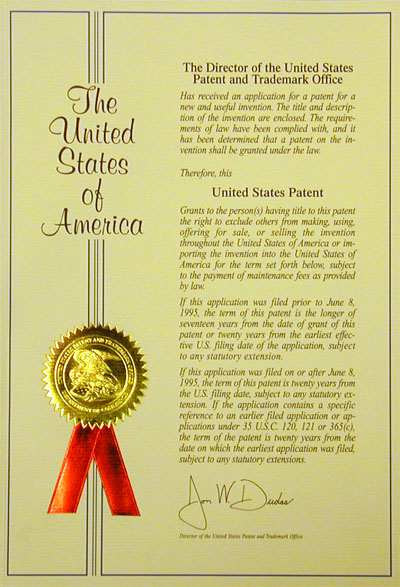Industry Minister Ian Macfarlane has floated the idea that government grants be linked to the number of patents a...
Patent
Guest Post – Justin Blows is a Patent Attorney and the founder of Phoenix Intellectual Property. He has extensive...
I was recently asked why so many entrepreneurs and investors in the modern era appear to have...
Ryan Pawell is PhD candidate at the University of NSW and is developing an affordable disposable microfluidic chip...
Rob McInnes is a Partner at Dibbs Barker in their Intellectual Property Group. He advises established businesses, start-ups, research organisations,...




